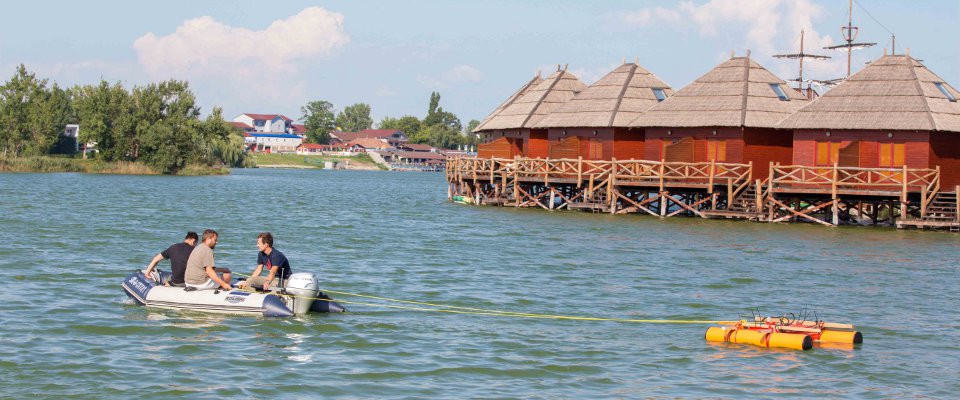
Examination of bottom sediments
Which qualitative and quantitative characteristics are important for bottom sediment examination? How do we determine and use them?
We are only interested in one particular quantitative sediment characteristic, the amount of in situ sediment. In other words, we are interested in the volume of sediment in natural state on the water body bottom. We determine the amount of in situ sediment by performing a hydrographic survey.
To obtain qualitative characteristics of bottom sediment, we collect and analyze the samples of sediment from the project site. We always try to make the best proposal, with economical and ecological views in mind. In order to do that, we refer to the following parameters as essentials for bottom sediment examination:
- sediment dry matter in its original state (mass fraction)
- specific sediment weight (kg/m3)
- granulometric analysis
- flocculation test
- sedimentation rate test
- dewatering tests in pilot plant
The mentioned tests and analyses provide us with enough information to prepare as economical proposal for the technical implementation of the project as possible.
Sampling takes place according to sampling locations precisely determined by GPS coordinates. Thanks to placing the sampling sites to a hydrographic survey grid, we are able to connect the characteristics of individual sampling sites with the information about sediment depth and thickness.
The result is a 3D model of the water body bottom with a clear distribution and composition of the sediment. With this information, we achieve high dredging efficiency and thus we save energy, environment and money.






